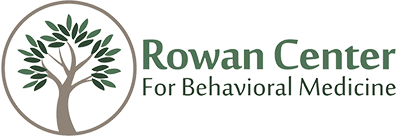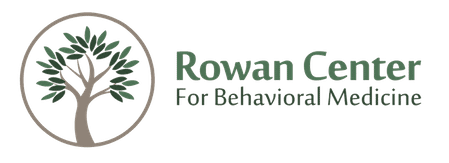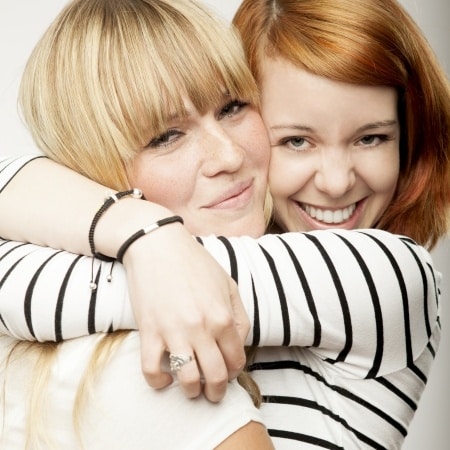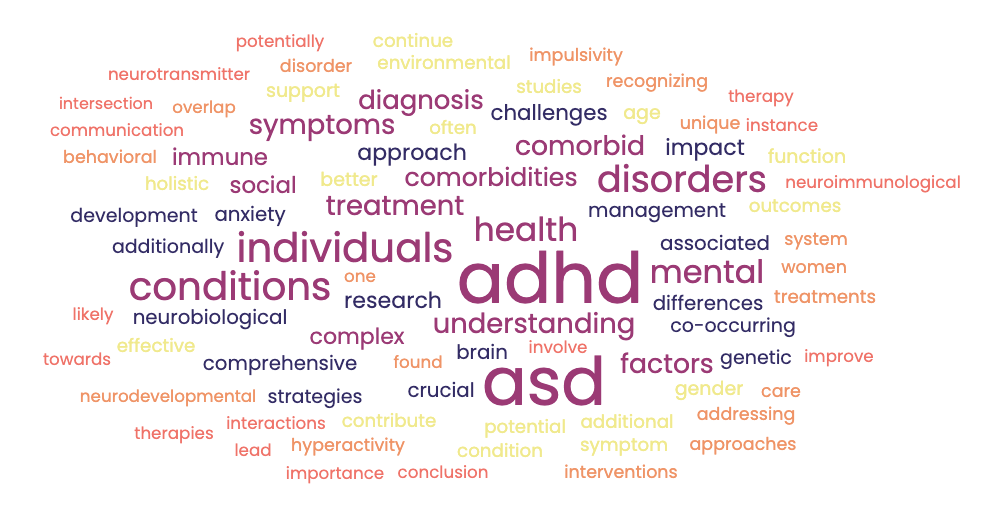What happens to you physiologically when you give someone a hug?
I am guessing everyone who is reading this blog has either given or received a hug at least one time in their life. If you haven’t that is okay too. Hopefully after reading this blog, you will be convinced to get out there and find someone to hug.
I am assuming that a majority of you have never questioned what actually happens to your body physiologically when you engage in the act of hugging. This is not something we ever think about but the truth is that there is an entire cascade of reactions that happens in our body that has scientifically been shown to induce positive health outcomes.
Simply hugging someone can boost a range of hormones in your body. The focus of today’s blog will be looking at the physiological benefits of hugging. I will focus on the main hormone that is released when you simply touch another person (appropriately that is!). Simply touching another being releases oxytocin causing healthy changes to happen in our body.
Oxytocin, the bonding hormone, has been found to:
1) Play a strong role in protecting the cardiovascular system (Grewen et al. 2003 & 2005). First, oxytocin alone reduces free radical production and other inflammatory markers lowering the risk for heart attacks. Oxytocin also causes an increase in nitric oxide production. Nitric oxide then causes the dilation of blood vessels leading to a decrease in blood pressure while also lowering inflammation and plaque build-up.
2) Inversely correlated with depression (oxytocin goes up, depression goes down; Scantamburlo, 2007; Arletti and Bertolini, 1987; Andeberg and Uvnas-Moberg, 2000)
3) Inversely correlated with anxiety (oxytocin goes up, anxiety goes down; Scantamburlo, 2007; Andeberg and Uvnas-Moberg, 2000)
4) Act as the body’s own anti-stress hormone (Legros, 2001)
5) Reduce levels of cortisol (Ditzen et al. 2009; Taylor, 2006; Heinrichs et al. 2003; Carter, 1998; Insel, 1997)
6) Create a sense of belonging and social connection (Heinrichs et al. 2003; Taylor, 2006)
7) Increase positive communication (Ditzen et al. 2009)
8) Improve the length of relationships (couples who hug more stay together longer)
9) Improve quality of sleep (by lowering our stress-hormone cortisol)
10) Boost your immune system (Gimpl & Fahrenholz, 2001; Carter, 2014)
11) Increases your pain tolerance (Dunbar et al. 2012; Mazzuca et al. 2011)
12) Be involved in the development of the human brain (Carter, 2014)
13) Increase empathy (Hurlemann et al. 2010; Singer, T. et al. 2008; Bartz, J.A. et al. 2010)
In sum, a simple hug can assist in lowering an individual’s level of stress, pain sensitivity, and heart rate. Hugs also improve sleep, positive communication, a sense of belonging, and social connectedness, as well as empathy. Sounds easy, doesn’t it? Well get out there today and give someone a hug. Even if you don’t think you need it, the other person might.
***Tip: the hug must be for at least 20 seconds
***Note 1. Please remember, always ask permission if you approach a stranger and give them a hug. Proceed at your own risk.
***Note 2. A hug is not intended to substitute for conventional medicine. If you have been prescribed medication by a physician please follow your physicians recommendation. You can always use a hug as a complimentary method but not as an alternative treatment method to reduce the above mentioned effects.
***Part 2: Advanced Hug Physiology
REFERENCES
1. Andeberg, A.M., Uvnas-Moberg, K., 2000. Plasma oxytocin levels in female fibromyalgia syndrome patients. Z. Rheumatol. 59, 373–379.
2. Arletti, R., Bertolini, A., 1987. Oxytocin acts as an anti-depressant in two animal models of depression. Life Sci. 41, 1725–1730.
3. Bartz, J.A. et al. (2010) Oxytocin selectively improves empathic accuracy. Psychol. Sci. 21, 1426–1428
4. Carter, C.S., Oxytocin pathways and the evolution of human behavior. Annu Rev Psychol, 2014.
5. Carter, C.S. (1998). Neuroendocrine perspectives on social attachment and love. Psychoneuroendocrinology, 23, 779–818.
6. Ditzen, B. et al. (2009) Intranasal oxytocin increases positive communication and reduces cortisol levels during couple conflict. Biol. Psychiatry 65, 728–731
7. Dunbar RIM, Baron R, Frangou A, Pearce E, van Leeuwen JC, et al. 2012. Social laughter is correlated with an elevated pain threshold. Proc. R. Soc. B 279:1161–67
8. Gimpl G, Fahrenholz F. 2001. The oxytocin receptor system: structure, function and regulation. Physiol. Rev. 81:629–83
9. Grewen, K.M., Anderson, B.J., Girdler, S.S., Light, K.C., 2003. Warm partner contact is related to lower cardiovascular reactivity. Behavioral Medicine 29, 123–130.
10. Grewen, K. M., Girdler, S. S., Amico, J., and Light, K. C. (2005). Effects of partner support on resting oxytocin, cortisol, norepinephrine, and blood pressure before and after warm partner contact. Psychosom. Med. 67: 531–538.
11. Heinrichs, M., Baumgartner, T., Kirschbaum, C., Ehlert, U., 2003. Social support and oxytocin interact to suppress cortisol and subjective responses to psychological stress. Biol. Psychiatry 54, 1389–1398.
12. Hurlemann, R. et al. (2010) Oxytocin enhances amygdala-dependent, socially reinforced learning and emotional empathy in humans. J. Neurosci. 30, 4999–5007
13. Insel, T.R. (1997). A neurobiological basis of social attachment. American Journal of Psychiatry, 154, 726–735.
14. Legros, J.J., 2001. Inhibitory effect of oxytocin on corticotrope function in humans: are vasopressin and oxytocin ying–yang neurohormones? Psychoneuroendocrinology 26, 649–655.
15. Mazzuca M, Minlebaev M, Shakirzyanova A, Tyzio R, Taccola G, et al. 2011. Newborn analgesia mediated by oxytocin during delivery. Frontiers in Cellular Neuroscience. 5(3); 1-9.
16. Scantamburlo G, Hansenne M, Fuchs S, Pitchot W, Marechal P, Pequeux C, Ansseau M, Legros JJ. (2007). Plasma oxytocin levels and anxiety in patients with major depression. Psychoneuroendocrinology. 32:407–410
17. Singer, T. et al. (2008) Effects of oxytocin and prosocial behavior on brain responses to direct and vicariously experienced pain. Emotion 8, 781–791.
18. Taylor, S.E. (2006) Tend and befriend: biobehavioral bases of affiliation under stress. Curr. Dir. Psychol. Sci. 15, 273–277.








